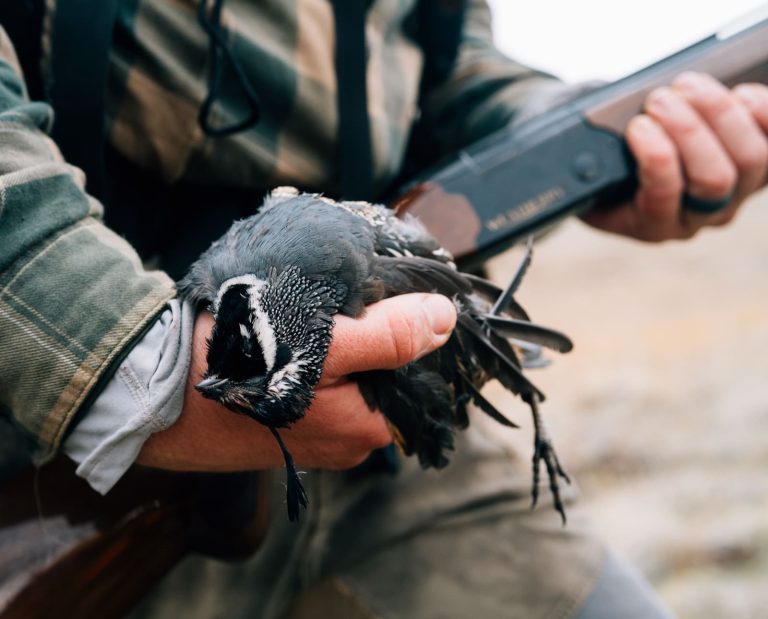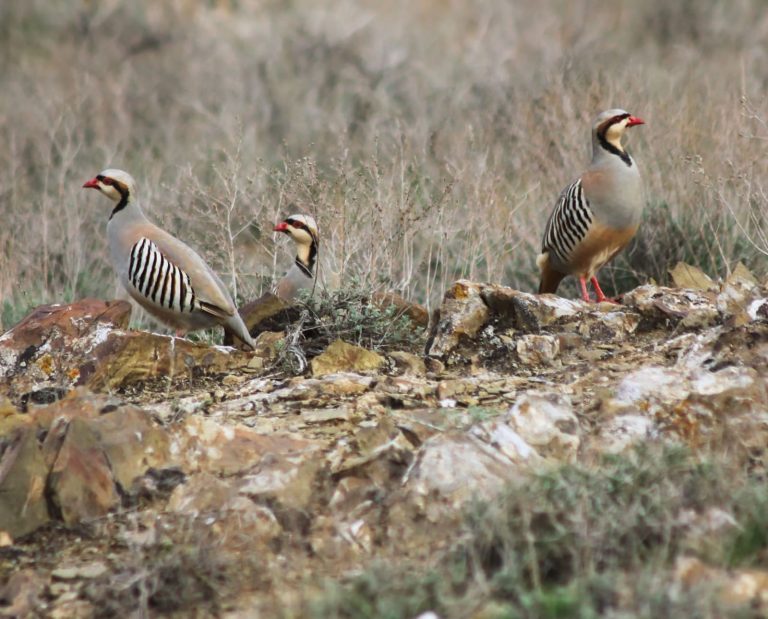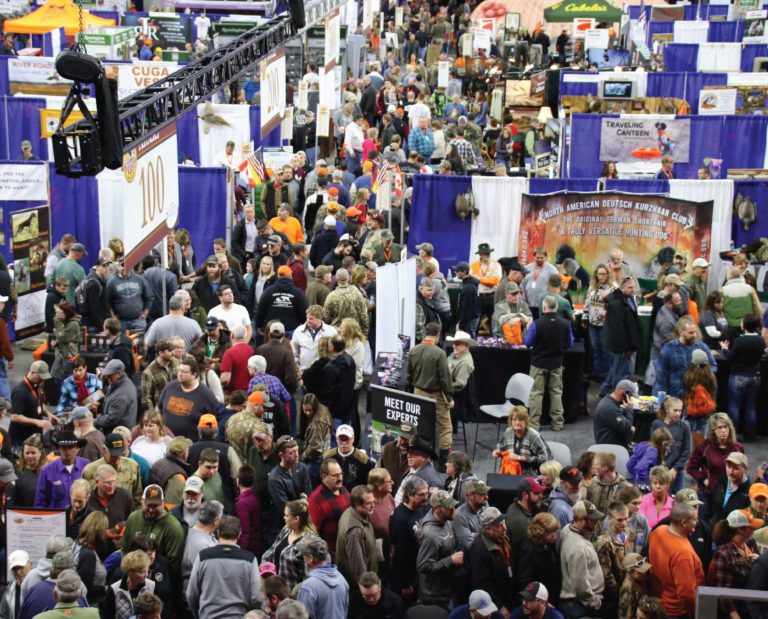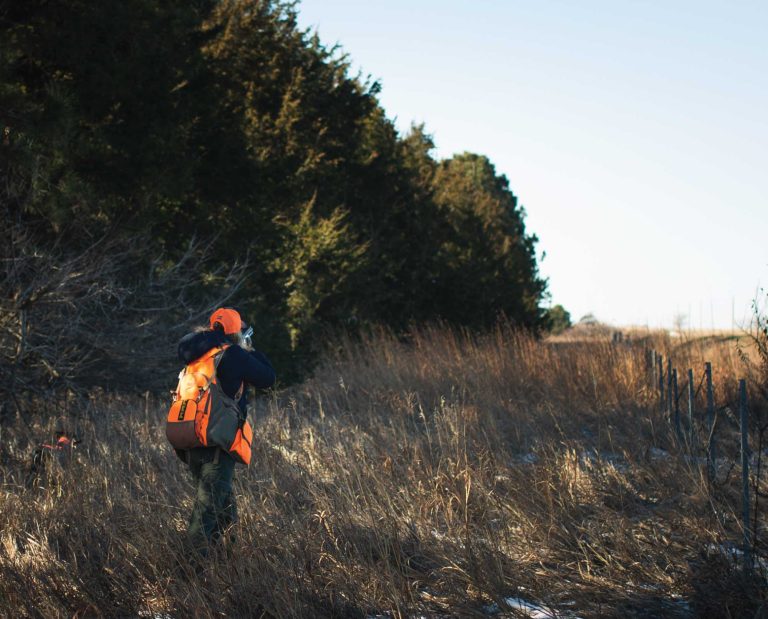The American Woodcock Profile – Scolopax minor
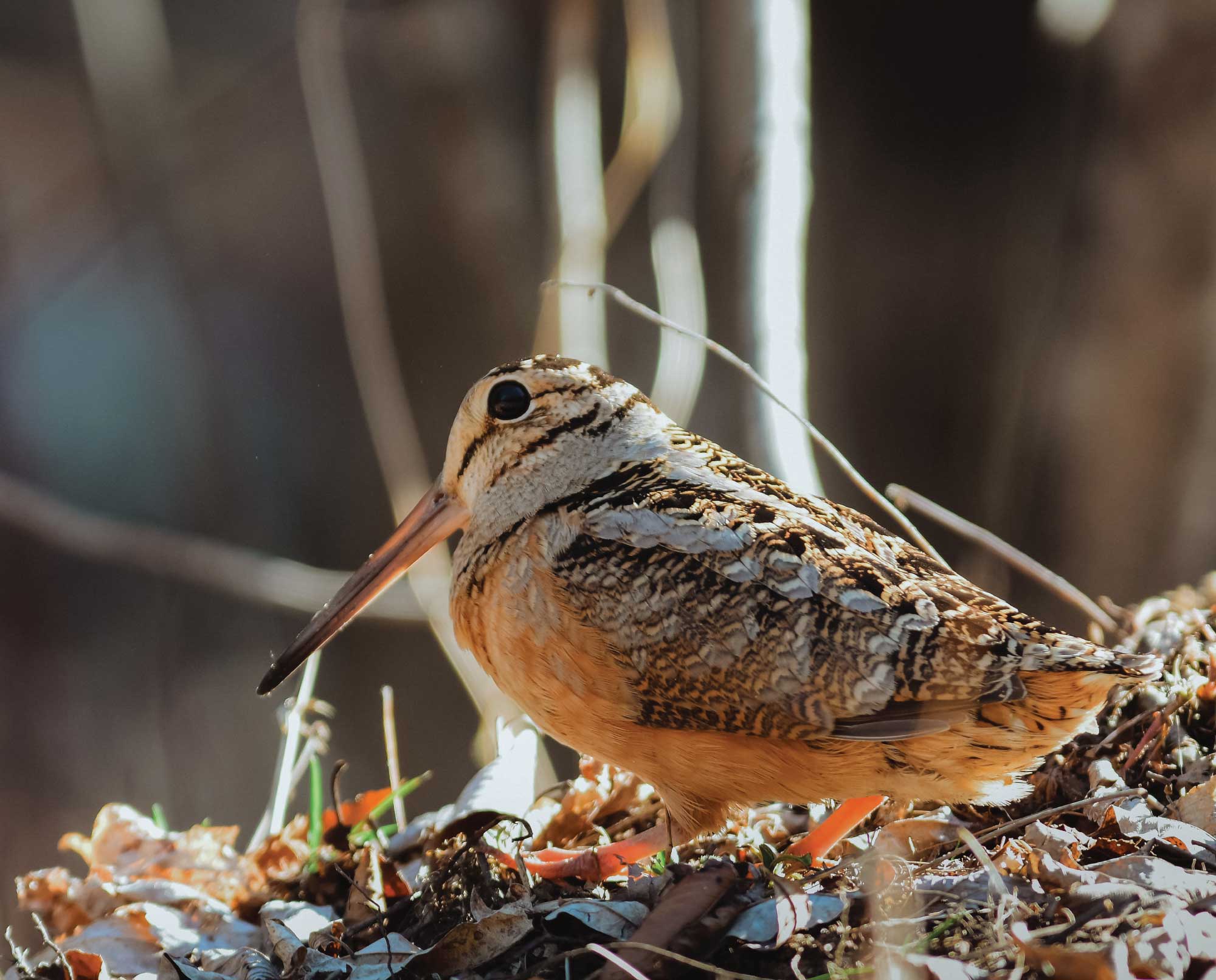
A look at the migratory game bird of known for its many names the American Woodcock.
The American woodcock is known by many nicknames: timberdoodle, bogsucker, mud snipe, timber rocket. And that’s only a few of them. They often go unappreciated as an upland game bird species. This might have something to do with the fact that they’re smaller in size than a ruffed grouse. As a result, it’s hard to make a meal out of just one. This unusual bird, however, is an upland gem you don’t want to miss this fall.
Description and Life History of American Woodcock
The American woodcock is kind of a goofy-looking animal, almost resembling a Frankenstein monster assembled from the leftover parts of other birds. It has a very long bill with a sensitive tip to probe for earthworms and insect grubs in damp soil. The bill looks even longer when compared to its small round body, short legs, and short tail. American woodcock have strikingly large eyes set far back on each side of its head, allowing it to see behind it as it feeds. Curiously, its ears are located between its eyes and bill, likely to directionally detect prey underground. It has light tan to rusty-colored feathers on its breast and a black and brown mottled back and wings.
Woodcock probe their flexible bills into the earth, sensing for the vibrations of insects or earthworms. As they probe, they perform an entertaining dance of bobbing up and down. Researchers believe this motion causes underground prey animals to move so that the birds can locate and consume them. They will also eat small crustaceans and crawling insects in addition to some plant material.
On spring and summer evenings just before dark, American woodcock males perform what they are best known for. They start by making raucous peenting sounds. It literally sounds like a nasally “peent” on the ground. Then they fly upward in tight spirals above short herbaceous areas like swamps and fields or brushy areas like alder, willow, or dogwoods. These are called singing grounds. All the while, their wings make high-pitched and rapid whistle noises as they ascend. After reaching 200-300 feet high, they being their descent while singing a bubbly song. Multiple males perform these rituals to earn a female’s attention. Females will choose one of the displaying males to mate with, making a ground nest lined with dead leaves and other plant material.
Females lay four pinkish-tan eggs per clutch on average and incubate them for less than a month. Nest predators mostly include raccoons, skunks, or snakes. But chicks that make it to their hatch dates are independent at about five weeks. Other predators include goshawks and owls.
Range and Habitat of the American Woodcock
The woodcock is one of the few migratory upland game bird species we have, spending its winters in southern states and flying north all the way up into Canada for the breeding season. Their breeding and year-round range extends from the Atlantic Coast to a north-south line between the Dakotas and Texas.
Ideal habitat for American woodcock should include early successional forest in a healthy forest. Especially aspen, birch, or maple forests and moist or swampy areas such as alder swamps. They require the dense young woods for security cover and foraging during the day. Furthermore, they use wetland fringes and old fields for feeding and breeding displays at night. Woodcock usually establish singing grounds in cleared forest openings, along field edges, over herbaceous and shrubby swamps, or in old field settings.
Conservation Issues with the American Woodcock
The American woodcock is fairly established and safe across its range, but there are a few conservation concerns to note. The biggest threat to woodcock populations is loss of habitat due to human development and urbanization. Fire suppression and a desire for park-like forests naturally goes with human development. This kind of thing promotes more mature forest stands instead of young and dense stands. Many state agencies manage public lands to set back forest growth for species like the woodcock or grouse. They do so by periodically conducting timber harvests in forests or prescribed burning/shearing brushy swamps.
Like other game birds, late spring rains could chill and kill young chicks, leading to a lower population that same fall. Since females typically lay small clutches and only breed once per year, their population is naturally limited anyway. When combined with the other concerns above, this could become a localized conservation issue. Oddly enough, woodcock also migrate and fly during the night. This has been shown to be a source of mortality due to accidental collisions, though it’s not likely a large issue.
Hunting Opportunities for the American Woodcock
You can hunt the American woodcock across most of its range lying mostly in the eastern half of the United States. The seasons generally start in September and run through January, though each state has different regulations for timing. Nearly every state has a daily bag limit of three birds, but some states have different limits if combined with a daily limit of grouse. Just be sure to know the specific regulations before you go hunting.
Hunting American woodcock is not all that hard, provided you find the right spots to look. Their areas will generally overlap with much of the same areas you’d look to find ruffed grouse. However, they will act a bit differently than a grouse. A woodcock will normally hold tighter than a grouse before flushing, so you may want to pause more frequently when walking through high quality woodcock habitat. They will might flush upwards to get above the cover and level out to fly away a hundred yards or so.
This isn’t always the case. Sometimes they will fly erratically instead, making it tricky to smoothly swing a shot. Instead of shooting as soon as possible, like you would with a grouse, wait for the woodcock to stabilize. This is recommended if you actually like to eat them afterwards. The woodcock is a small bird and a shot under 10 or 15 yards can make the meat inedible. The trick is to learn the different flushes between grouse and woodcock so you can react appropriately. Once you figure that out, a mixed-bag upland hunt for grouse and woodcock is even more exciting.



